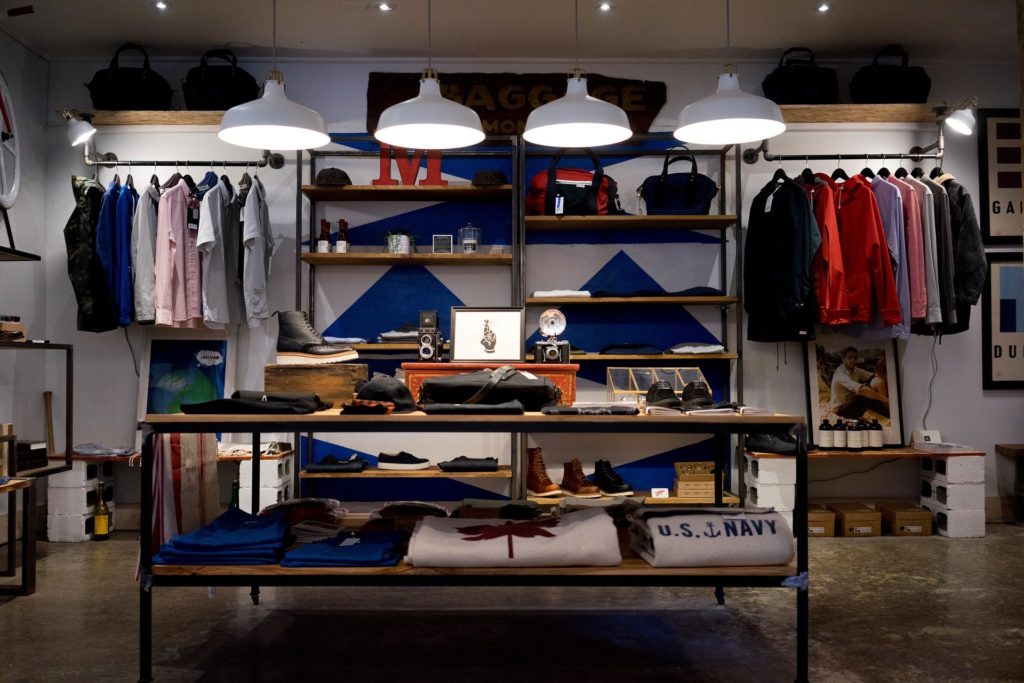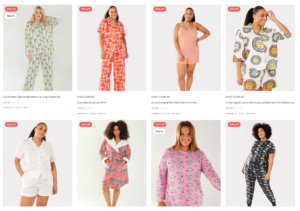By Meghan Stabler, VP of Global Product Marketing, BigCommerce
Non-essential retail reopened on 15 June, after having been closed for almost three months and the move has been welcome relief for many businesses. According to data from advisory services firm KPMG and the British Retail Consortium, April saw the largest contraction in sales since they began recording in 1995 – a 19.1% dip.
While May showed some bounce back – largely propped up by the reopening of garden centres and DIY stores – sales remained down 5.9% from the same period last year.
There’s hope that consumers head back to shops to allow spending to normalise over the coming weeks, but a new trend is also appearing. In a global survey by accountancy firm EY, 80% of shoppers reported that they’d feel uncomfortable trying on clothes in store.
When it comes to it, will shoppers feel safe to visit the high street, or will their newly honed love of ecommerce’s convenience keep them tucked up at home?
Using tech to thrive
Across the board, there are clear examples of technology being used to revitalize the sector.
Fashion retailers are estimated to face up to £15bn in stock write-offs as a result of the coronavirus lockdown. Online fashion giant ASOS has addressed this challenge by using AR technology on its site to project garments onto its models, allowing it to continue promoting new products to its audience under lockdown. And just this month London Fashion Week went digital for the first time.
This technology isn’t just for the catwalk though. According to Charged Retail, nearly two-fifths of consumers in the UK say they have used augmented or virtual reality to test or view a product they’re considering purchasing. In March, Burberry released its latest AR feature, which enabled customers to view 3D renders of its items in the real world via Google Search.
In 2019 Lululemon invested in the fitness tech start-up Mirror, which uses smart mirrors to run fitness classes in your own home. Goat also launched its new augmented reality “Try-On” feature last year, allowing its 20 million users to see what some of the world’s most sought after trainers look like on their own feet.
Not simply a trend in the fashion industry, IKEA has long been a pioneer of allowing customers to experience and engage with its products remotely. Its latest app “IKEA Place” offers AR furnishing, allowing users to virtually place true-to-scale 3D models in their own homes.
Tackling emissions and “wardrobing”
There are other benefits to be gained from allowing shoppers to engage with products remotely. “Wardrobing” – wearing new clothes and then returning them – is so common that 20% of people admit to doing it. Some people wear the items out for the evening, while others simply use them as social media fodder before returning to store.
Using apps that employ virtual mirrors to allow people to try before they buy both fulfils the millennial desire to create shareable content and provides another source of free promotion for brands. The virtual mirror is a blend of RFID technology and AR which allows users to “model” make up and clothes before making a decision.
Emissions and waste could also be reduced by taking away unnecessary deliveries and returns. Almost a third of solid waste in the US comes from ecommerce packaging. Similarly the process of home delivery isn’t always an efficient one, with anywhere between 12% and 60% of home deliveries reported to fail the first time.
At the same time we continue to buy more online than ever, with younger age groups less likely to shop locally than people over 55. While finding a fully-loaded ASOS or Amazon box on the doorstep is a thrill for many, our love of home delivery is removing us from the reality of where our purchases are coming from and the impact excess buying is having on the environment.
Our spending habits cause a number of problems for the brands we love too. Figures from Barclaycard show a “phantom economy” of £7bn each year, as shopper returns continue to rise. Four in 10 fashion retailers have reported that refunds have risen, and overall the number of returned items is up by 22% on average. In addition to the potential revenue lost, more than half of online retailers (55%) also offer free returns – a cost to their bottom line.
Shopper of the future
The Covid-19 crisis has accelerated the way in which retailers use new technology, and the way consumers want to engage with brands. While the in-store experience will always be an important aspect, an omnichannel presence that reflects the brand’s look and feel across every potential shopper technology and platform touchpoint is essential. Embracing AR and VR technology, through the use of tools like virtual changing rooms, will allow brands to address the buy-snap-return culture, while supporting customer engagement and reducing their environmental impact.












